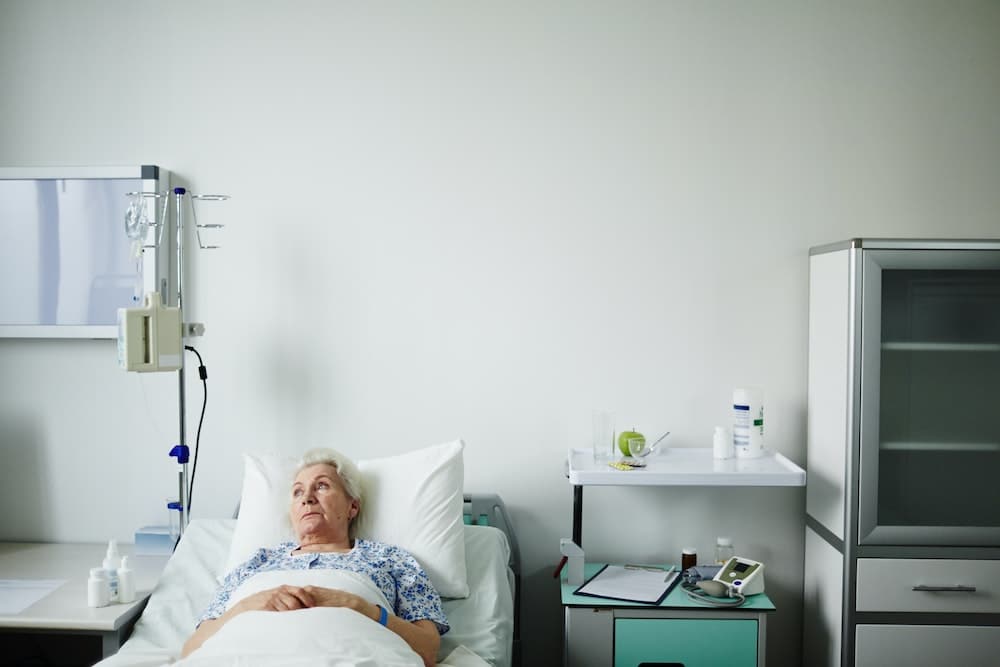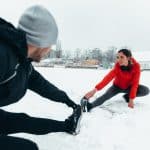If you’re involved in rowing, you’re certainly aware of how strenuous and wearisome it can be. The sport requires a demanding combination of strength, endurance, and technique, all of which can lead to muscle fatigue. That’s where the concept of recovery comes into play – it’s a key factor in maintaining your performance and avoiding injuries. But what are the most effective recovery strategies for dealing with muscle fatigue? In this article, we will delve into this topic, drawing from Google scholar, Crossref, and various other reputable sources, to bring you comprehensive and up-to-date information.
The Role of Rest and Sleep in Muscle Recovery
To kick-start this discussion, let’s begin with one of the most fundamental and often overlooked aspects of recovery – rest and sleep. It’s important to note that recovery is not just about what you do post-training, but also about what you do in your downtime.
Dans le meme genre : How Can Wearable Hydration Monitors Aid Athletes in Long-Distance Running Events?
A study found on Google Scholar shows that rest and sleep are crucial for muscle recovery. They provide your body with the necessary time to repair and rebuild the muscles that have been broken down during exercise. Furthermore, it’s during sleep that your body releases growth hormones that aid in muscle recovery. Therefore, aim for 7-9 hours of sleep per night to ensure that you’re giving your body ample time to recover.
The Importance of Nutrition and Hydration for Athletes
Moving on from sleep, let’s now delve into another critical aspect of recovery – your diet. Just like a car needs fuel to run, your body needs proper nutrition to perform and recover.
A voir aussi : How to Implement an Effective Off-Season Strength Program for Rugby Forwards?
Protein, in particular, plays a key role in muscle repair and building. Consuming a protein-rich meal or drink after a rigorous training session can help speed up your muscle recovery. Don’t underestimate the power of hydration, either. Dehydration can interfere with the body’s ability to recover and can lead to increased muscle soreness. Therefore, make sure to hydrate before, during, and after your workouts to maximize recovery.
Active Recovery and Massage
Next up, let’s discuss the role of active recovery and massage in muscle recovery. Active recovery refers to performing light exercises on your rest days, which can help increase blood flow and speed up the muscle recovery process.
Massage, on the other hand, is a popular recovery method among athletes. It helps to reduce muscle tension, improve blood flow, and increase flexibility, all of which can aid in muscle recovery. Nevertheless, professional massage can be quite pricey, so it’s worth exploring other affordable options such as self-massage or using a foam roller.
The Benefit of Strength Training
Strength training might seem counterintuitive when talking about recovery, but it can actually be beneficial. The principle is simple: by gradually increasing the load you put on your muscles, you make them stronger and more resistant to fatigue.
However, it’s crucial to approach strength training wisely. Overdoing it can lead to overuse injuries. Therefore, seek advice from a qualified coach or trainer who can guide you on the appropriate strength training regimen for your needs.
Individual Considerations in Recovery
Finally, it’s essential to understand that recovery is not a one-size-fits-all process. What works best for one person might not work as well for another. Factors such as age, fitness level, and the intensity of your training can all influence your recovery needs.
Therefore, it’s paramount to listen to your body and adjust your recovery strategies accordingly. This might involve experimenting with different strategies, monitoring your progress, and making adjustments as needed.
To sum it up, recovery is a multi-faceted process that entails a combination of rest, nutrition, active recovery, massage, strength training, and individual considerations. By incorporating these elements into your routine, you can effectively manage muscle fatigue and maintain your rowing performance.
Systematic Review of Recovery Strategies
A detailed look at Google Scholar, Crossref, and PubMed Crossref reveals a variety of recovery strategies employed by athletes worldwide. For instance, a common strategy is cold water immersion, as seen in a systematic review on PubMed Crossref. This method involves immersing the body in cold water after a vigorous training session, which is thought to reduce inflammation and expedite recovery.
However, the effectiveness of cold water immersion is still a topic of debate among scientists and sports med professionals. Some studies suggest that while it may provide immediate relief from muscle soreness, it does not significantly accelerate muscle recovery. Furthermore, it may not be suitable for everyone, particularly those with certain health conditions.
Another recovery strategy found in the literature is compression clothing. These are tight-fitting garments that apply pressure to specific areas of the body, promoting blood flow and reducing inflammation. A free article on PMC suggests compression clothing may support muscle recovery and reduce the perception of muscle soreness.
Other less conventional methods include sauna sessions, cryotherapy, and electrical muscle stimulation. However, it’s important to note that the effectiveness of these methods can vary widely among individuals. Therefore, it’s crucial to consult with a sports med professional or coach before trying out these techniques.
Conclusion: Striking the Right Balance for Optimal Rowing Performance
In conclusion, managing muscle fatigue in competitive rowing involves a comprehensive and balanced approach. Emphasizing rest and sleep, maintaining a well-balanced diet, staying hydrated, employing active recovery strategies, seeking massage therapy, and incorporating strength training into your regimen are all crucial to improving your rowing performance.
As we delved into Google Scholar, Crossref, and PubMed Crossref, we discovered that recovery is an individualized process. It’s crucial to understand that what works for one athlete may not work for another. Various factors, such as age, athletic ability, and training intensity, can significantly influence your recovery needs.
Furthermore, it’s clear that some techniques, like cold water immersion and compression clothing, might not be suitable for everyone. Therefore, it’s crucial to listen to your body and consult with a professional before trying out new recovery strategies.
In essence, a well-rounded and personalized approach to recovery can bolster your rowing performance, reduce muscle soreness, and enhance your training recovery. By continuously refining your recovery strategies, you can stay on top of your game and avoid the pitfall of overtraining.
Remember, your performance in the boat depends not only on your strength and skill but also on how well you recover. As the old saying goes, "It’s not how hard you train, but how well you recover." So, take your recovery just as seriously as your training, and you’ll be well on your way to achieving your rowing goals.






